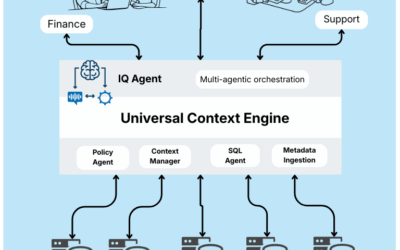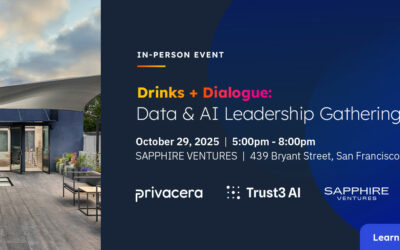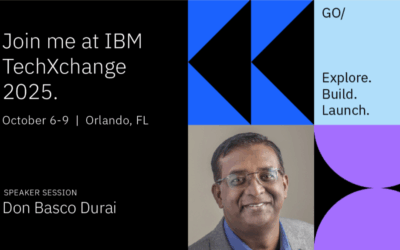AI has officially entered the enterprise era, and Databricks is a catalyst in this momentum.
At this year’s Data + AI Summit in San Francisco, Databricks introduced a wave of new capabilities aimed at one critical goal: making AI truly production-ready. Whether it’s deploying modular agents, simplifying data workflows, or building next-gen intelligent applications — Databricks is assembling the infrastructure for AI systems that are scalable, safe, and efficient.
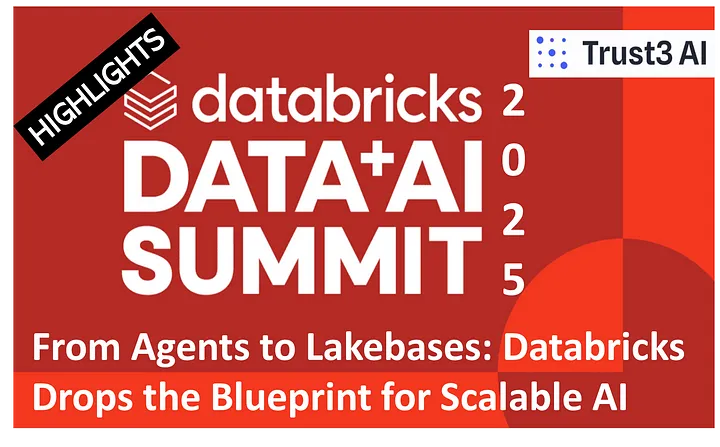
From Agent Bricks and LakeFlow Designer to MLflow 3.0 to the introduction of Lakebase and including Trust3 AI, these announcements mark a turning point for enterprise teams seeking more control, trust, and velocity in their AI deployments.
Here’s a breakdown of what was revealed, and why it matters.
Agent Bricks: Modularizing the AI Deployment Lifecycle
Agent Bricks, now in beta, build on the Mosaic AI Agent Framework and introduces a new, modular approach to deploying intelligent agents. It allows users to describe the task they want the agent to perform, connect the relevant data, and let the system handle the rest — from infrastructure setup to monitoring and governance.
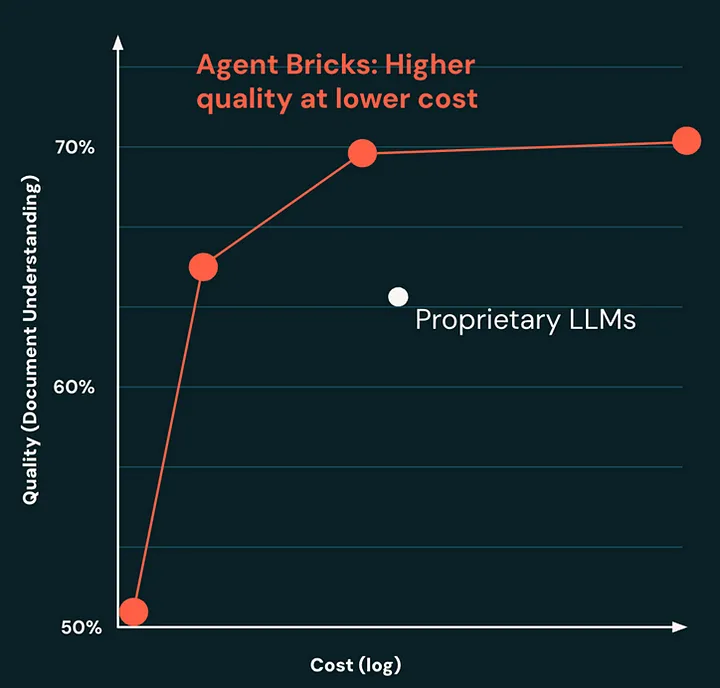
The real innovation here is in how Agent Bricks handles the complexity of production environments. It offers built-in performance evaluation, cost optimization tools, and policy-based governance. That means teams can track correctness, latency, and outcomes, while also enforcing safety constraints and maintaining transparency around agent behavior.
For teams tasked with building task-specific agents — think customer service automation, document review, or compliance workflows — this is a game-changer. Agent Bricks removes much of the friction that has historically slowed AI adoption in real-world systems.
LakeFlow Designer: No-Code ETL Comes to the Lakehouse
Databricks also introduced LakeFlow Designer, a visual interface for building and scheduling ETL workflows without writing code. This enables analysts, operations teams, and business users to design their own data pipelines by simply dragging and dropping components.
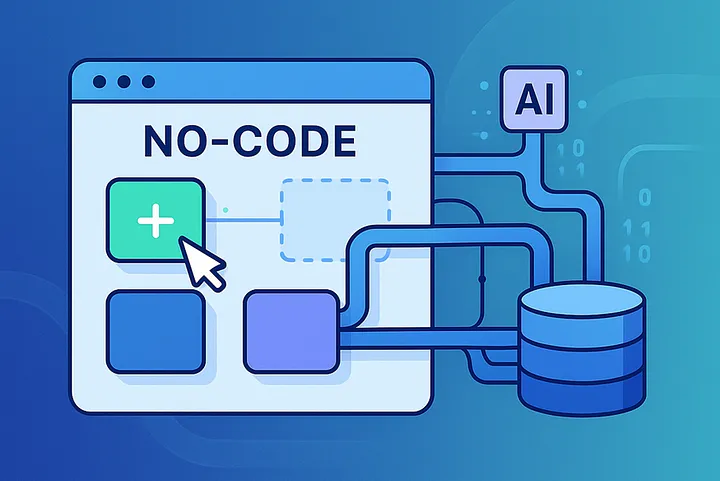
It’s a meaningful shift from the engineering-heavy model Databricks was originally built for. LakeFlow Designer allows cross-functional teams to combine structured and unstructured data sources, define flows, and manage them independently — without waiting on developers or creating bottlenecks.
As organizations decentralize data access and move toward domain-driven data products, giving more users the ability to shape data pipelines safely is an important step forward.
MLflow 3.0: Designed for Generative AI
The release of MLflow 3.0 brings long-awaited features built specifically for large language models and generative AI use cases. New capabilities include prompt versioning, which makes it easy to track and iterate on prompt engineering workflows, and hierarchical observability for understanding the inner workings of complex agent flows.
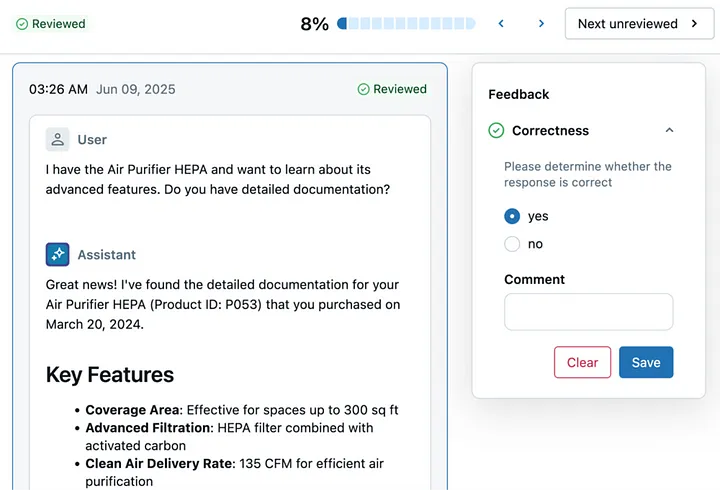
In addition, deeper integration with Unity Catalog and Databricks Workflows allows teams to align model evaluation and deployment with governance policies and production pipelines.
As AI systems become more dynamic and layered, managing them responsibly requires infrastructure that can surface meaningful signals across the stack. MLflow 3.0 delivers that level of visibility and structure — crucial for lifecycle management and auditability in enterprise environments.
Lakebase: Operational Databases Meet the Lakehouse
One of the more foundational announcements was Lakebase — a fully managed, Postgres-compatible engine designed to support transactional and operational workloads directly on the lakehouse. This offering, powered by Databricks’ recent acquisition of Neon, enables a new class of intelligent applications to run closer to the data.
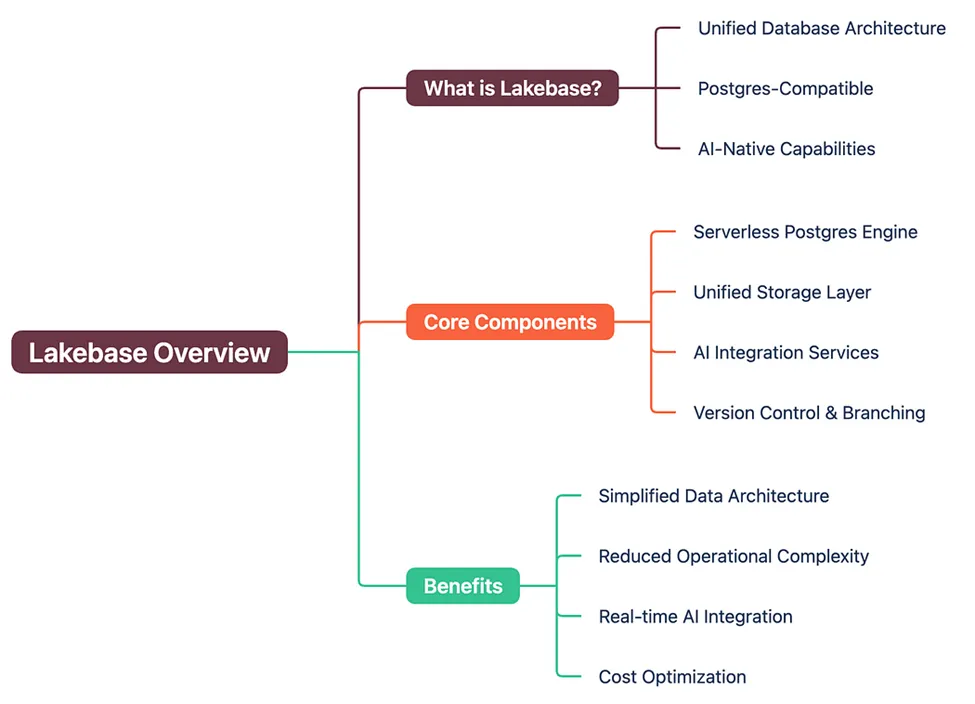
Unlike traditional data warehouses or operational databases, Lakebase separates compute and storage while maintaining full Postgres compatibility. This architecture supports real-time interactions, AI-enhanced experiences, and high-throughput applications that demand both low latency and analytical context.
As CEO Ali Ghodsi put it in his keynote, “We think that there is going to be almost a new architecture going forward, almost like a new category. We call this the Lakebase.”
It’s a clear signal that Databricks is expanding from analytics into operational territory — offering tools not just for understanding the past, but for powering the next generation of AI-native apps.
Databricks Free Edition: Lowering the Barrier to Entry
In an effort to broaden access, Databricks launched a Free Edition — a move designed to help developers, students, and data professionals build and learn on the same infrastructure used by Fortune 500s. It’s not a limited sandbox. It’s the real platform, open to anyone.
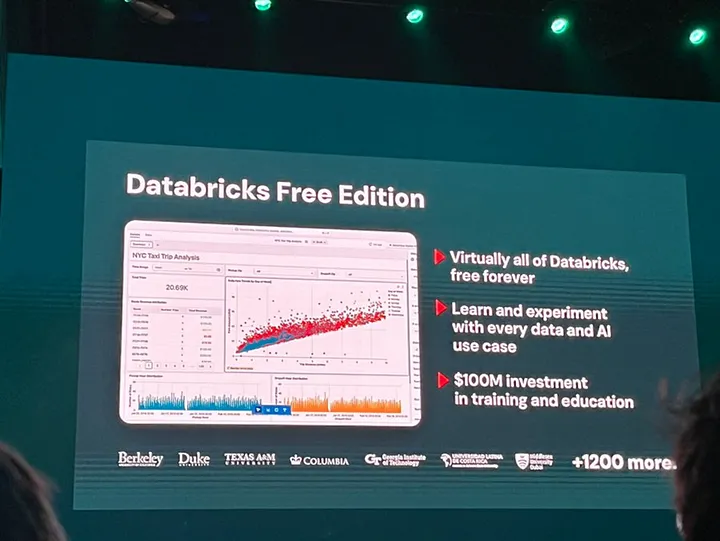
Removing onboarding friction is one of the best ways to expand the AI ecosystem. By offering a no-cost entry point with robust capabilities, Databricks is inviting a broader audience to innovate, prototype, and build for the future — on production-grade infrastructure.
Trust3 AI: Increasing Visibility with Data Security and Governance
Trust3 AI for Databricks empowers organizations to confidently deploy autonomous agents and generative AI by embedding governance, observability, and runtime validation into every stage of the AI lifecycle. Its seamless integration with Databricks enhances system reliability, supports strategic decision-making, and ensures cross-platform accuracy.
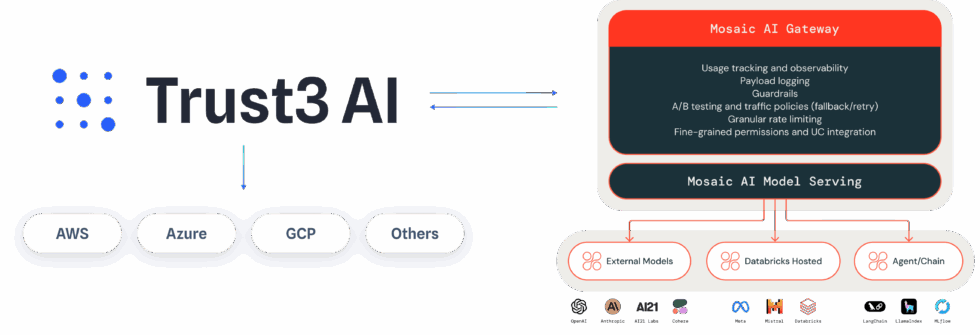
With built-in transparency, compliance alignment, and real-time security, Trust3 AI enables enterprises to unify datasets, improve AI performance, and scale responsibly. It provides the foundation needed to navigate today’s AI governance challenges while driving innovation rooted in accountability and trust.
Conclusion: The Infrastructure for Scalable AI Has Arrived
The 2025 Databricks Summit sends a clear signal: the age of experimental AI is ending, and the age of operational, accountable, and enterprise-grade AI has begun.
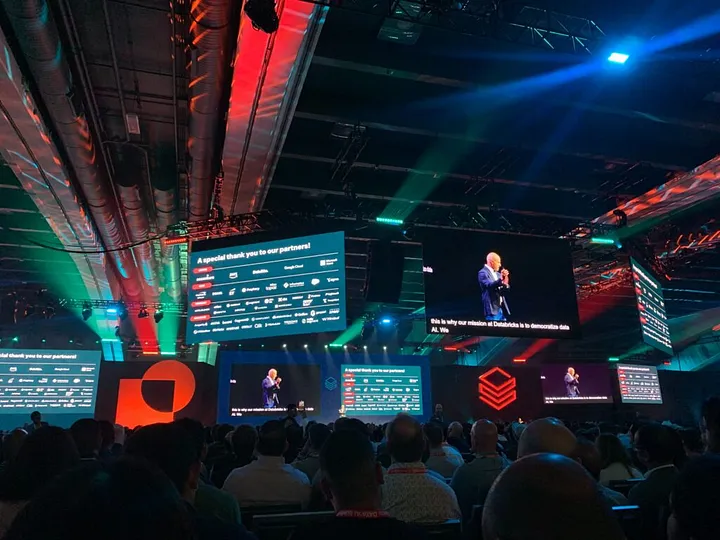
With modular agent frameworks, no-code data tools, lifecycle observability, and a new architectural layer for intelligent apps, Databricks is making it easier than ever to go from prototype to production — without compromising governance, scalability, or performance.
Trust3 AI for Databricks brings observability, runtime validation, and governance into one integrated layer — helping enterprises deploy GenAI and autonomous agents with confidence. By aligning transparency and compliance with performance, it offers a streamlined path to building trustworthy, scalable AI systems.
As AI systems grow more dynamic and embedded in day-to-day business workflows, these new capabilities offer a critical foundation. They remove bottlenecks, improve transparency, and create a cleaner path to value. If the last few years were about proving what’s possible with AI, 2025 is shaping up to be the year organizations finally deliver it at scale.


